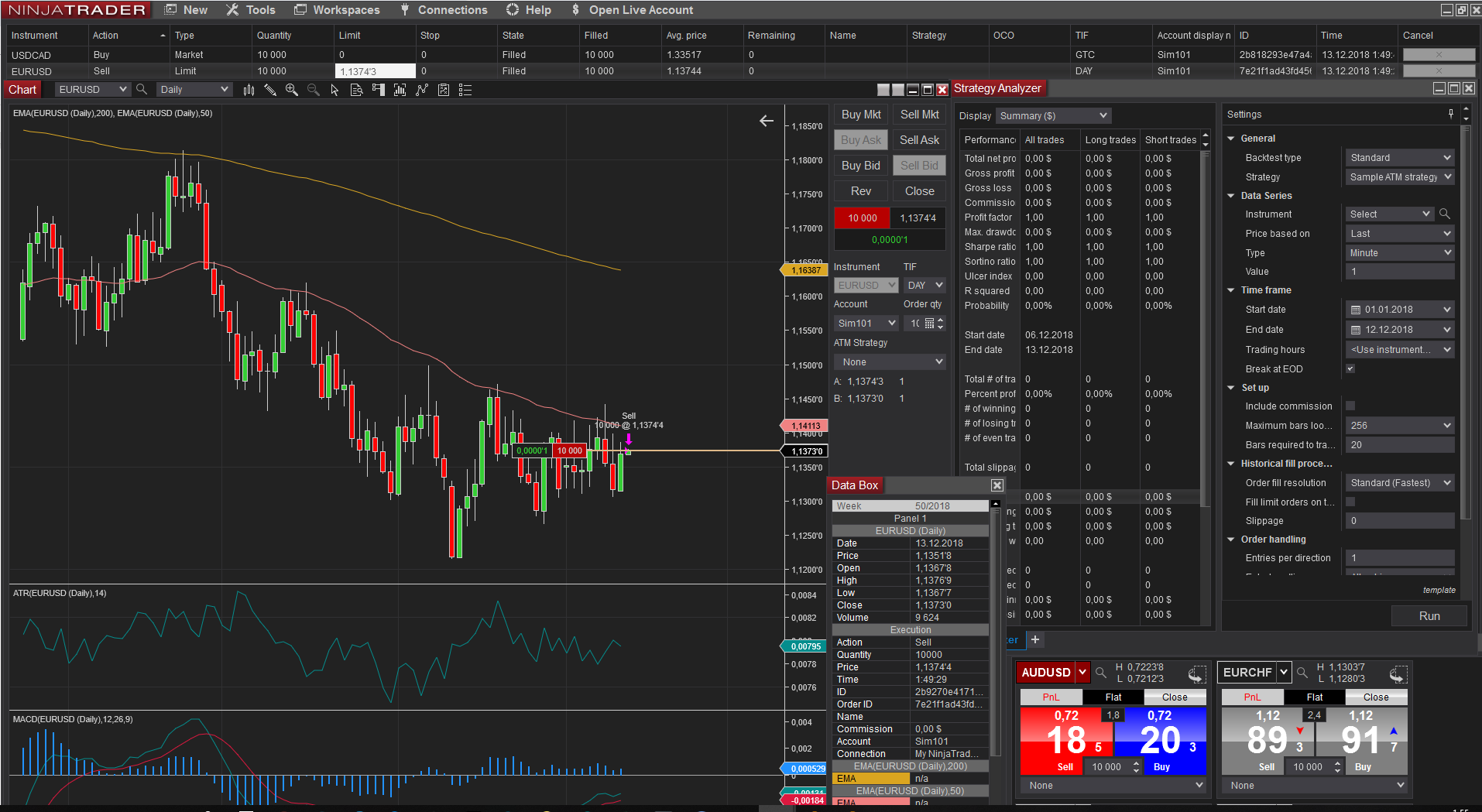In the dynamic world of forex trading, mastering the art of evaluation is crucial for success. As a new trader, you may discover yourself contending with multiple methods to evaluate currency pairs and make knowledgeable conclusions. Two of the primary techniques are technical analysis and fundamental analysis. Understanding the details of these can provide you a unique benefit in the forex market, empowering you to maneuver through its challenges with increased confidence.
Technical analysis is concerned with the analysis of price movements and behaviors through visual data and metrics. It furnishes traders with resources to predict future market actions based on previous trends. On the contrary, FA looks at the financial factors, government influences, and cultural factors that influence currency values. By examining economic indicators and news events, traders can obtain knowledge into shifts and potential fluctuations. In this write-up, we will explore these both approaches in detail to assist you figure out which analysis technique fits your trading approach and goals.
Understanding Foreign Exchange Fundamentals
Forex, or Forex, is the biggest financial market in the world, where money are exchanged. It operates around the clock and covers a wide range of players, including banks, financial institutions, corporations, and individual traders. The basic principle is to swap one currency for another currency, aiming to profit from changes in exchange rates. For newcomers, understanding how the Forex market works in simple terms is crucial to navigate its complexities.
Key elements of Forex trading consist of pairs of currencies, which are divided into primary, minor, and exotic pairs. Major pairs feature the most traded currencies, such as the Euro and the US Dollar, while minor pairs may involve less common currencies. Specialty pairs combine a primary currency and a currency from a developing economy. Comprehending these classifications is important for choosing the right currencies to trade and for formulating effective trading strategies.
Financial leverage plays a major role in Forex trading, allowing traders to control greater positions with a comparatively small amount of capital. Yet, while leverage can boost profits, it also increases the potential for of substantial losses. Beginner traders should be cognizant of both the pros and cons of leverage and implement effective risk management techniques to protect their capital. Establishing a strong foundation in these fundamentals prepares the ground for more advanced concepts in Forex trading.
Key Trading Strategies
In the world of Forex trading, developing efficient strategies is essential for profitability. One of the most well-known methods is intraday trading, where traders capitalize on temporary price movements by opening and closing positions within the trading day. This strategy requires a sharp sense of market timing and a solid understanding of charts to spot potential entry and exit points efficiently. Day traders often rely on up-to-the-minute data and news releases, making it important to stay aware about market events that could impact exchange rates.
One more widely used approach is position trading, which focuses on capturing gains in a trading pair over several days or time frames. Swing traders take advantage of market volatility and trending movements, typically utilizing technical analysis to determine potential market reversals. This strategy allows for a more relaxed pace compared to day trading, providing traders with the freedom to manage their trades while using a longer-term perspective. Swing trading works well for those who are unable to dedicate all their time to trading and like to balance their daily responsibilities.
In conclusion, risk management is a vital component of any effective trading strategy. Establishing a strong risk-to-reward ratio is essential, allowing traders to understand how much they are prepared to risk on a trade versus the possible gain. This idea helps in maintaining self-control and avoiding impulsive decision-making. Additionally, employing stop-loss and profit-taking orders can safeguard investments and realize profits. By coupling effective risk management techniques with either daily or position trading approaches, traders can significantly enhance their chances of do well in the ever-changing Forex market.
Risk Management and Mindset
Successful risk management is essential for continued success in Forex trading. Traders need to determine how much capital they are prepared to risk on each trade and set loss-limiting orders appropriately. This approach not only protects traders from major losses but also helps to maintain composure. By defining a clear risk-to-reward ratio, traders can make well-informed decisions that correspond with their overall trading strategy, allowing them to navigate the unpredictable nature of the Forex market with confidence.
The mental aspect of trading cannot be overlooked. Emotional reactions to market movements can lead to impulsive decisions, which often result in disastrous losses. Accomplished traders cultivate a mindset that prioritizes patience and self-control, enabling them to stick to their trading plans even during stretches of volatility. Practicing techniques such as imaginative visualization and maintaining a trading journal can help traders reflect on their emotions and keep their mental state in order.

Additionally, grasping the significance of market conditions and external factors, such as economic news and geopolitical events, can enhance a trader's decision-making process. Remain Forex ea of how these factors affect market dynamics and be prepared to alter trading strategies accordingly. This comprehensive approach to both risk management and psychological readiness will more suitably equip traders to face the challenges of the Forex market and boost their chances of achieving their financial aims.
